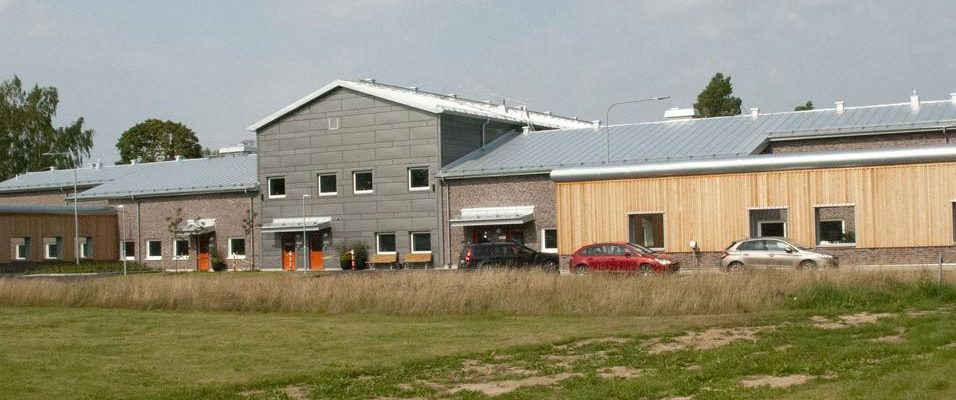Kalle, 14, died by suicide in his room at a Sis home for girls.
The weeks before, Kalle had alerted the mother about poor treatment from the staff.
“When it comes to this tragic event, investigations are underway to clarify how it could happen,” answers Si’s press secretary Jesper Lindberg.
Today, Aftonbladet tells about Kalle, 14, who was born as a girl with the name Kayla. On June 7, Kalle was transported from an on-call family, where everyone liked him very much, to The State Board of Institutions (Sis) home Folasa for girls. On August 6, Kalle was found dead in his room.
“We cannot comment on individual cases, but only respond generally,” writes Sis press secretary Jesper Lindberg, who asks to answer Aftonbladet’s questions by email.
Department of Folåsa has made a Lex Sarah report and also reported to the Inspectorate for Care and Care (IVO) that a serious misconduct occurred. Kalle’s mother Zanele has many questions that she says she has not received answers to from Folåsa. According to information she has received, Kalle should have had what is known as care in isolation and been isolated from other children, which she is critical of.
If you receive care in private, what routines are there for suicide prevention?
“Individual care can be provided at Si’s youth home for a number of different reasons, and for different lengths of time. If the young person has a decision on permanent or periodic supervision due to, for example, a risk of suicide, that decision shall take precedence. Then the young person must never be left alone to a greater extent than Si’s routine for supervision/control in various somatic conditions advocates,” writes Si’s press secretary Jesper Lindberg.
How long can a locked-up child be left completely alone?
“The young person’s right to integrity and private sphere must be respected. If a young person wants to be left alone, this should therefore be taken into account, to the extent that it is deemed appropriate based on individual needs and prevailing conditions. His staff can then leave the young person alone for a short time if the young person himself asks for it. What a shorter moment means cannot be clearly established within precise time frames.”
Mother Zanele does not feel that Kalle was treated respectfully at the institution. Among other things, according to Kalle, there must have been staff who openly mocked Kalle and Kalle’s condition. Kalle was placed to get help processing trauma after a sexual assault and to get away from a destructive environment with older youth, alcohol and drugs. In all decisions relating to compulsory care, the social service and administrative law, based on Kalle’s wishes, write about him as a boy. Nevertheless, Sis chose to place Kalle in a home for girls.
What skills does Sis have when it comes to children with gender dysphoria?
“When it comes to different diagnoses and which treatment should be instituted, Sis has the opportunity to cooperate with BUP and the youth center in the county. Sis adapts treatment, care and treatment based on the individual’s needs and wishes.”
In Kalle’s case in particular, they cannot comment on whether there was any collaboration with the BUP.
Why is a child who defines himself as a boy, and who the social services define as a boy, placed in a youth home for girls?
“We cannot comment on individual cases, but only respond generally. The short answer is that a balanced assessment is made in each individual situation.” writes Jesper Lindberg.
FAKTASi’s guideline for the placement of children with a perceived gender identity other than the legal one
SiS does not have any absolute rules for how placement should be done when the assignment of a place applies to a person with a perceived gender identity other than the legal one. The starting point in the authority is that boys/men and girls/women are placed separately.
When it comes to people with a perceived gender identity other than their legal gender, there are certain aspects that are important to take into account. If the social welfare board has stated in its application for a place that the person to whom the application relates has a different perceived gender identity than the legal gender, it is important to ensure the individual’s own experience. If the application concerns a young person, it must be taken into account that children and young people also have the right to speak and have their opinions heard. If this is not possible, it needs to be ensured that the attitude of the young person or the client is clarified in another way as far as possible.
Source: The Norwegian Institute Board
Read more
